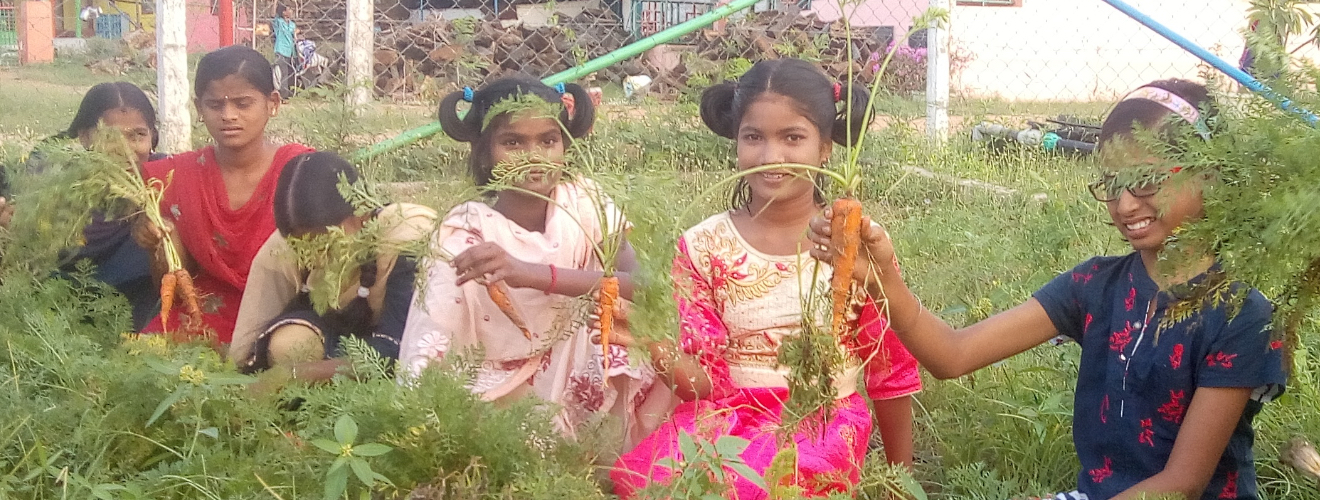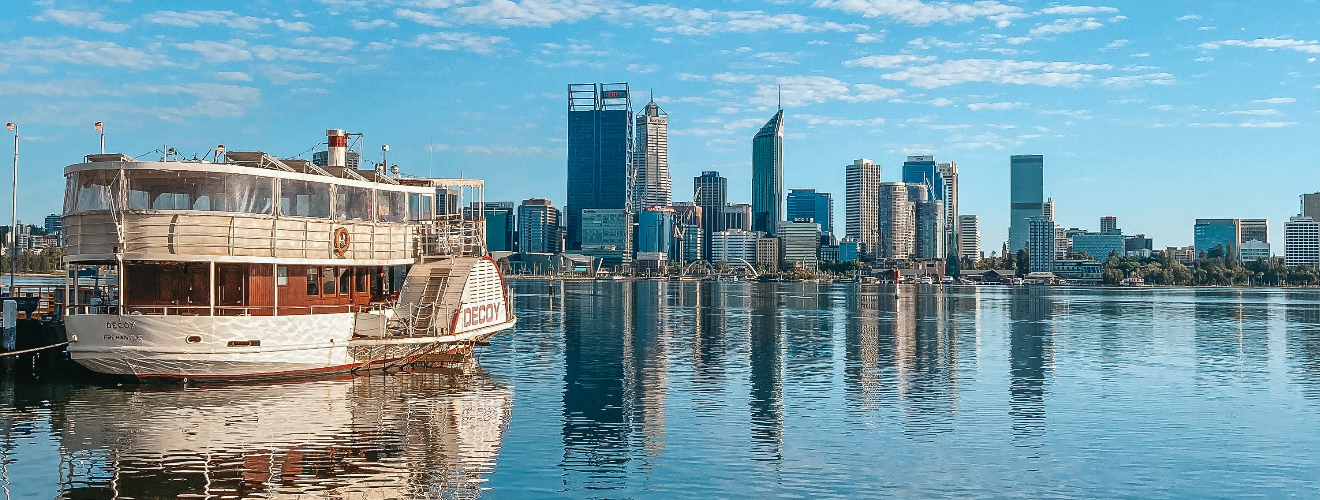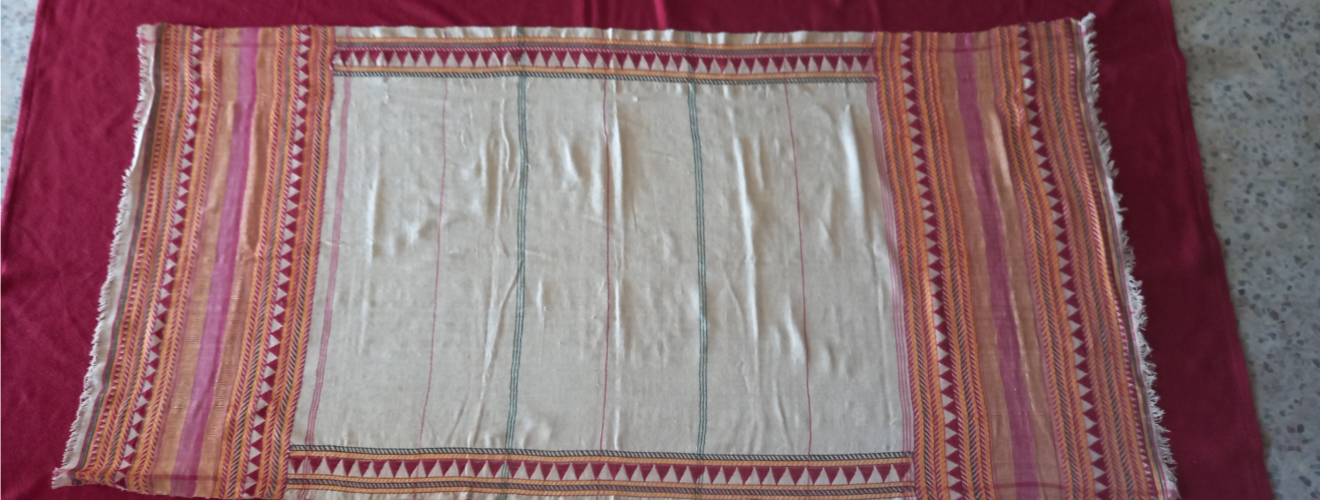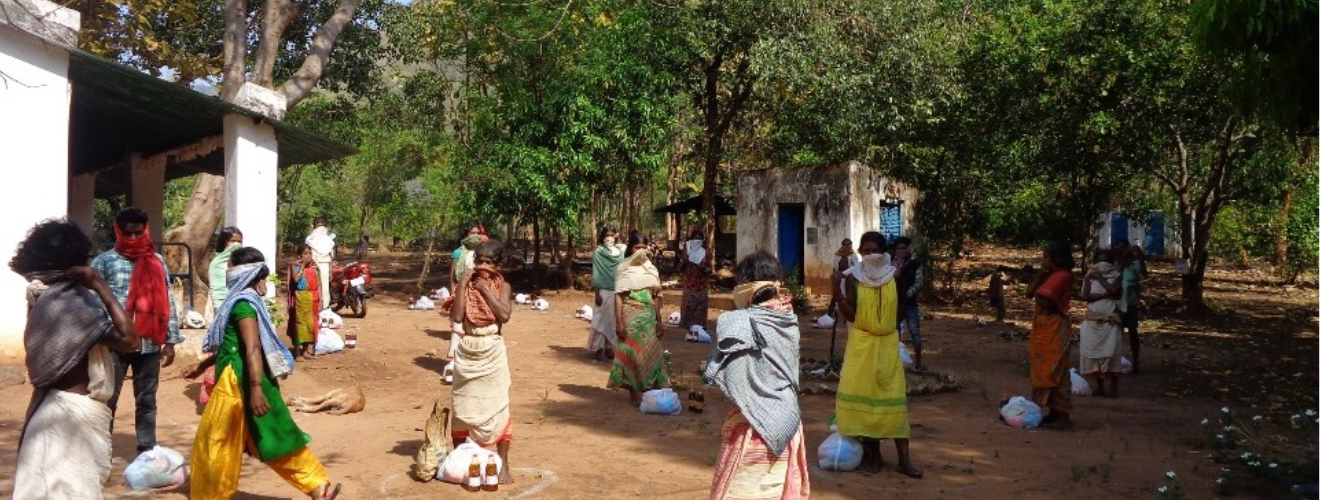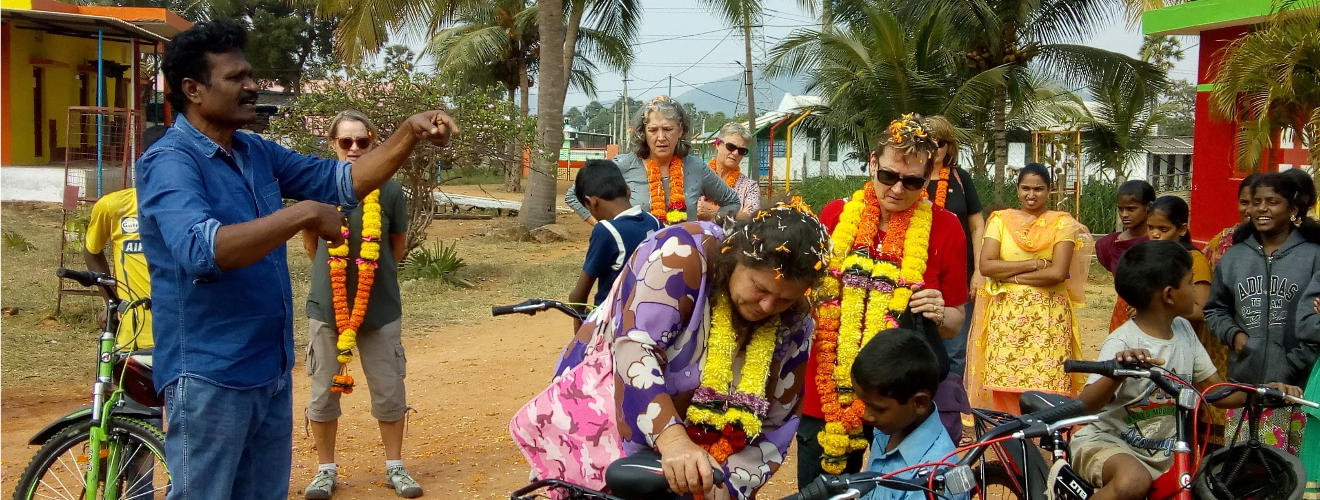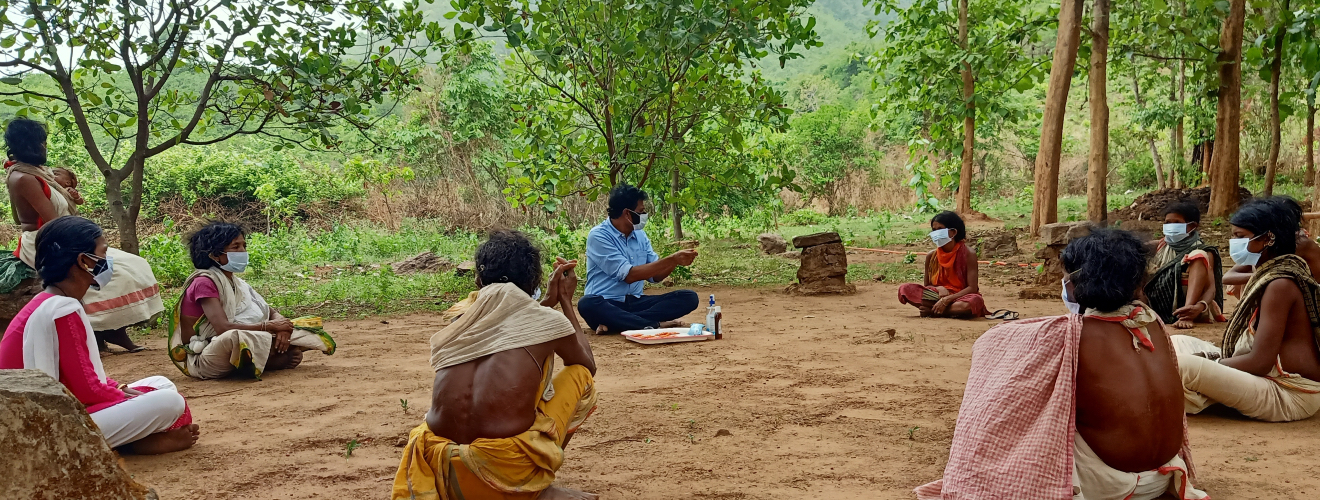New Hope Newsletter Feb 2023
Read the latest update in our New Hope Newsletter 2023. A LETTER FROM NEW HOPE INDIA – Eliazar, Director Greetings and apologies that it is so long since we were able to write to you with this update New Hope India, people in leprosy colonies who we support and Tribal Kondh Dongria communities and all at New Hope have been affected by this pan endemic that has caused the world to ‘sigh in disbelief’ In India...




